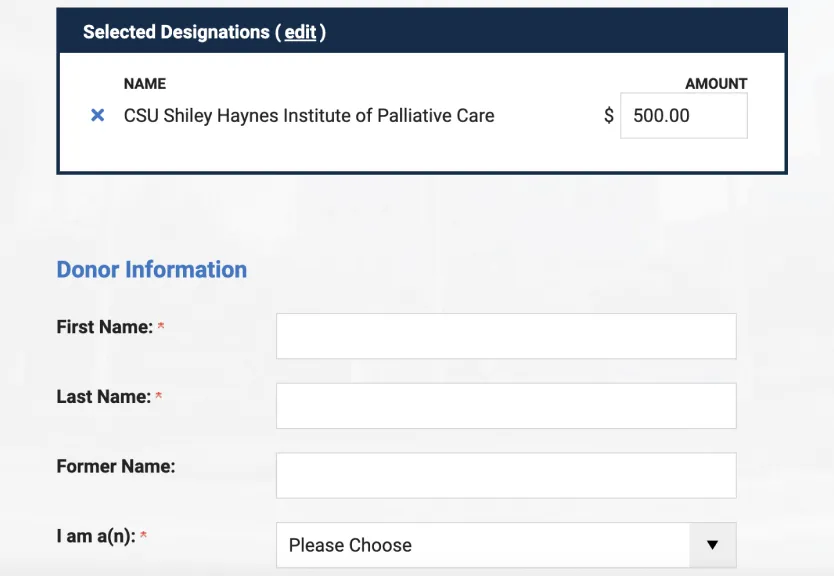Finding the Right Messages for Serious Illness Care
By Larry Beresford
Almost everyone involved in serious illness care agrees the field has an identity problem. Palliative care, hospice, and advance care planning are often poorly understood by consumers, the public, and even healthcare professionals. The resulting confusion can keep people who need those critical services from accessing or accepting them.
Developing clear and consistent messages that will penetrate misconceptions and unlock barriers to care for patients and families is the goal of the Message Lab, a project funded by the John A. Hartford and Cambia Health Foundations.
The lab was created to review the existing evidence base on attitudes about serious illness care and then test and refine new messaging that could be adopted broadly across the field. Experts say the work is badly needed, especially as the population ages and more people are diagnosed with chronic or life-limiting disease.
Across the fields of serious illness care, consumer engagement and awareness has remained flat over the past decade, except for a small bump amid the COVID-19 crisis, said Anthony Back, MD, professor of oncology at the University of Washington in Seattle and cofounder of VitalTalk, a communication training resource for health professionals.
“We’re hoping to change that and break through these old ceilings to reach a new audience,” says Back, principal investigator for the Message Lab.
Knowing Your Audience
He and Marian Grant, DNP, RN, a consultant to the Message Lab, talked about the challenges and the importance of new messaging in a presentation last month at C-TAC’s National Summit on Advanced Illness Care.
They said advance care planning, palliative care, and hospice care have unique audiences with different perceptions, so different messaging strategies are needed to reach each group. That may surprise professionals in the field, who view all those services as part of a continuum of care.
Back said research shows that awareness of advance care planning is high, but participation in advance directives is low. Awareness of palliative care is low—with a misconception that it is only for end-of-life care, which causes eligible patients to decline it.
Awareness of hospice, while high, includes concerns about quality and that it hastens deaths.
The public generally sees all of it as about dying and ‘pulling the plug’—rather than about living and dying well. People who have already been diagnosed with a serious illness also have different messaging needs than consumers who aren’t sick. Clinicians need better communication skills and must speak in a way that resonates with patients and families.
“The terms and concepts used by professionals in the serious illness field are not understood by the public and fraught with misconceptions,” Back said. “Consumers have told us that more effective messaging would be to use stories, talk up benefits, emphasize caring and invite dialogue.”
Testing a New Narrative
The Message Lab has finished the first phase of its work – reviewing the evidence base – and is now moving into the next phase: creating new messaging and testing it in focus groups and other platforms to gauge effectiveness.
Ten professional and advocacy organizations including the Center to Advance Palliative Care, the National Hospice and Palliative Care Organization and the American Academy of Hospice and Palliative Medicine, have agreed to participate in the testing.
In the next several months they will be asked to revise a piece of their existing public messaging to incorporate consumer-tested messaging principles—informed by the research—for their audiences.
“They’re all committed to trying out these messages over the next six months,” Back said. They’ll report back what they learn to the Message Lab, with continued refinement and research planned, leading to dissemination to the broader field.
“The goal is better alignment of public messages,” he said. The 10 organizations represent such a broad swathe of the field that if they could align their messages, it would create a kind of coordinated groundswell of public messaging—and thereby improve public engagement with serious illness care.
“We’ve learned that we need to learn to introduce our work to the public in different ways,” he said. “We need to learn new language.”




